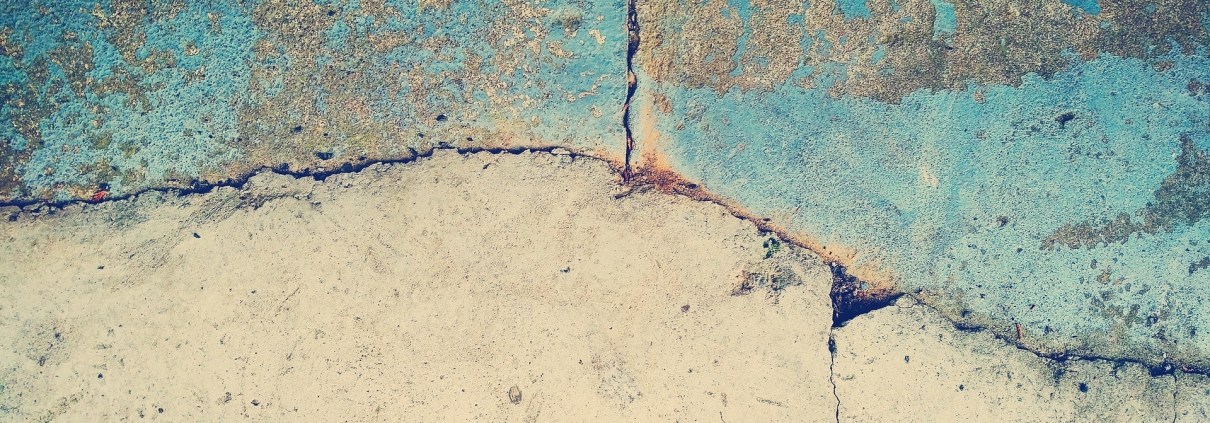Top Signs That You Need To Relevel Your House
For many of us, when it comes to the inner workings of our house, we may believe that we have no idea what is happening with the foundations until we hire someone to take a look. The reality is that keeping your eyes open may provide you an opportunity to catch things early, as there will be tell-tale signs that indicate that there may be issues. If you see one or more of the signs below, it would definitely be a good idea to get an expert to come and do an inspection on your property, as it could indicate foundation problems that need to be addressed. If any of these signs are evident at your house, contact Black & White Houseraising & Restumping for expert advice on relevelling your house.
Cracks in the Walls or Floor
The most obvious and common sign that your house may need relevelling is cracks or crumbling in the walls or floor. Weather conditions such as earthquakes, excessive rain or even very dry periods could dramatically affect the ground beneath your house and damage the foundations.
Uneven Flooring
If the flooring becomes so uneven that you notice it while you are walking, this is a sure sign that there is definitely something wrong with the foundations. Having said that, you can test it by rolling a ball along the floor and seeing how it moves. Uneven flooring is a sign that the house could be shifting and sinking in some areas, which would point to an issue with the foundations.
Doors Not Opening or Closing Properly
Doors that jam shut or that do not open easily, especially when they have previously been working fine, could be a sign that the foundations are in need of repair. If the foundations have shifted, it will cause walls or flooring to sink or raise slightly, which will then impact the ability for doors to open and close with ease.
Water Marks or Mouldy Odour
If there are any areas in your house that start to smell mouldy or have watermarks evident in the paintwork, it may be a sign that there is a water leak somewhere. This could be caused by issues with the foundation that has caused the house to shift, and allowed water to either leak from the pipes, or flow down from the roof and into the walls. Getting this checked as soon as possible is really important before the wood starts to rot, which could lead to more costly damage.



